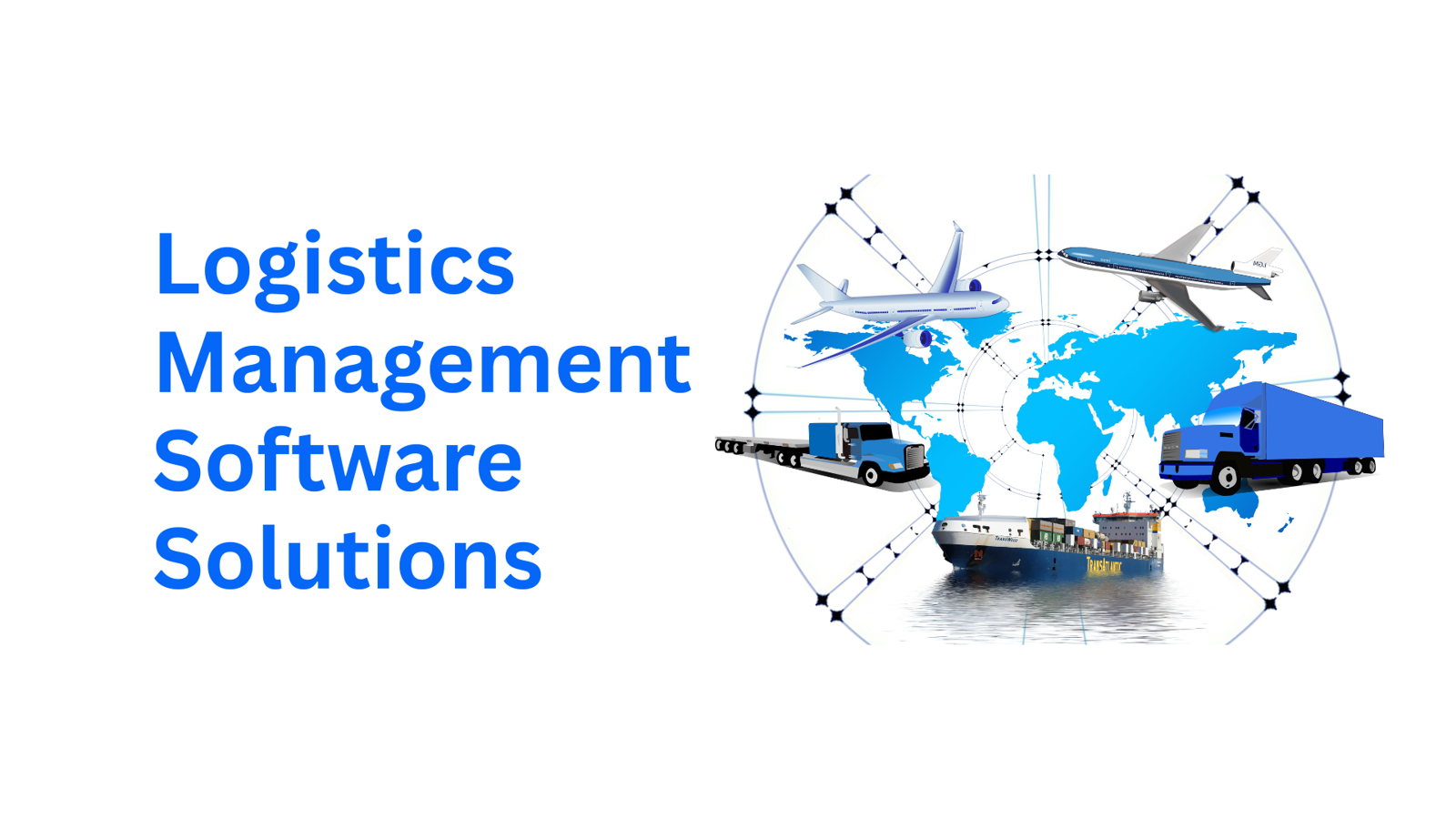
India’s logistics sector is entering a golden era of digital transformation. With a projected market size of USD 400 billion by 2025, logistics now plays a defining role in shaping India’s supply chain efficiency, e-commerce growth, and export competitiveness.
Logistics management software solutions are changing that picture. These platforms bring automation, visibility, and coordination to every steps. Empowering Indian businesses to operate smarter, faster, and at scale.
What Is Logistics Management Software?

logistics management software (LMS) is a computer system or app that helps you handle your day-to-day logistics operations. You get one place to manage everything your vehicles, deliveries, warehouse stock, and drivers.
It usually includes:
Transport planning: Create smart delivery routes, assign vehicles, and track them live.
Warehouse control: Manage stock levels, picking, packing, and dispatch.
Fleet tracking: See where your drivers are, track fuel use, and get alerts if something’s wrong.
Reports and dashboards: Check performance to improve costs, delivery times, delays in one click.
Think of it as your logistics control tower giving you full visibility and control of your entire operation.
Why Indian Businesses Need Logistics Software
India is a tough place to run logistics. We have traffic jams, monsoon delays, different state taxes, and roads that can change from highway to village path in minutes. Managing all that manually wastes time and money.
The common logistics challenges
Too much paperwork and manual coordination
Poor visibility on where goods are in transit
Delays and route confusion for drivers
Trouble keeping up with GST and e-way bill rules
Difficulty managing cash-on-delivery or returns
How Software Changes the Game
Modern logistics software fixes these daily headaches:
Routes are calculated automatically based on traffic, distance, and delivery time
You get instant alerts if something goes wrong
Customers can track their orders themselves (fewer "where's my order?" calls!)
All paperwork is generated automatically
You can see which driver is performing well and which routes are costing too much
Businesses are saving delivery times by 15-20% and delivering faster to customers every month.
Core Features of Logistics Management Software Solutions
The strength of any logistics software lies in its features. Here are the core modules that define a strong platform:
Transportation Management (TMS)
TMS modules plan, execute, and optimize transportation operations. They help businesses assign carriers, plan routes, and monitor real-time vehicle locations.
Warehouse Management (WMS)
A WMS ensures that your warehouse functions as efficiently as your transport network. It automates inventory tracking through barcode or RFID tagging, manages space utilization, and streamlines order picking and dispatch.
Analytics & Reporting
Data-driven decisions are the heart of logistics optimization. Advanced analytics track performance across routes, shipments, and warehouses.
E-Commerce & ERP Integration
Integration bridges logistics with sales and finance systems. Connecting software like Shopify, SAP, Oracle NetSuite, or Tally ERP ensures automatic order syncing, stock updates, and invoice generation.
In the Indian market, seamless integration also helps handle COD orders and returns, improving customer service and cash flow efficiency.
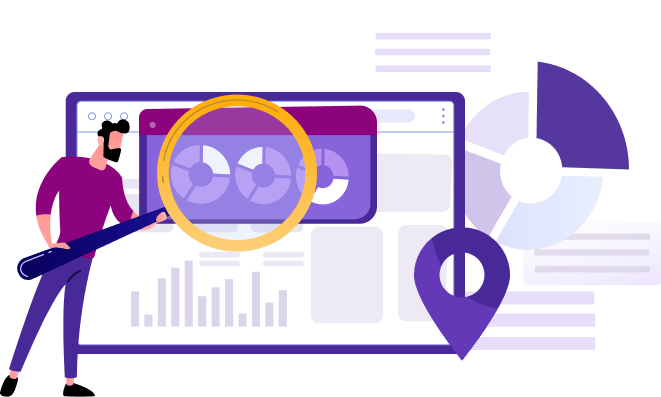
Market Insights: The Numbers Tell the Story
Let's look at what's actually happening in India's logistics sector right now.
India's logistics market is racing toward ₹33 lakh crore (USD 400 billion) by 2025
Currently growing at 10-12% every year
E-commerce logistics alone is expected to reach ₹2 lakh crore by 2027
Who's Already Using Logistics Software:
73% of large logistics companies (1000+ vehicles)
45% of mid-sized businesses (100-500 vehicles)
Only 18% of small businesses (under 50 vehicles)
By 2027, Industry Experts Predict:
65% of logistics businesses will use AI-powered route optimization
80% of warehouses in metros will be fully digitized
Government platforms like ULIP will become mandatory for mid-sized and large players
Electric vehicle integration in software will become standard (with India targeting 30% EV adoption in logistics)
What You Should Know: The government is pushing hard for digital logistics (PM-Gati Shakti initiative). Businesses that digitize now will have easier compliance and better access to partnerships later.
Benefits of Implementing a Logistics Management Solution
Adopting logistics software delivers measurable improvements in cost, visibility, and service quality.
Live Tracking: See where all your vehicles are right now. Get alerts if someone takes a wrong turn or stops for too long.
Smart Route Optimization: The software calculates the best route considering traffic, toll costs, and delivery deadlines. It's like having an expert planner for every single trip.
Warehouse (Know Your Stock): Track what's in your warehouse without walking around with a clipboard. The software tells you what's there, what's running low, and what needs to be moved.
Compliance & Documentation: Automated invoice generation, GST reconciliation, and e-way bill creation reduce administrative overhead. Digital proof of delivery helps maintain audit trails and simplifies returns.
Scalability: Cloud-based systems allow logistics firms to expand geographically without heavy infrastructure investment. Whether you manage 10 or 1,000 trucks, a SaaS platform scales seamlessly with business growth.
Choosing the Right Software: A Simple Checklist
Is it easy to use? Can your staff learn it in a few days without needing a degree?
Does it work on phones? Your drivers and warehouse staff need mobile access.
Can it connect with your existing tools? Should work with Tally, GST software, and your website.
Is support available in Hindi/regional languages? Important for drivers and local staff.
Can you test it first? Never buy without a trial period.
What's the real cost? Ask about setup fees, training, and add-ons not just monthly price.
Who else is using it? Check reviews from Indian businesses in your sector.
Common Mistakes to Avoid When Selecting Software
Focusing only on price: Cheap tools may lack scalability or proper local integration, resulting in higher hidden costs.
Ignoring user adoption: A system is only effective if staff can use it. Provide training and gather feedback early.
Skipping pilot testing: Always conduct a small-scale rollout to test compatibility with your fleet or warehouse.
Overlooking analytics: Without performance data, continuous improvement becomes impossible.
Not verifying vendor reliability: Check reviews, Indian client references, and support response times before signing.
Final Thought:
The logistics landscape in India is evolving from fragmented operations to connected ecosystems. Logistics software isn't about replacing your experience or your team's hard work. It's about giving everyone better tools to do their job. You wouldn't drive a truck without GPS anymore, right? Think of this as GPS for your entire business. it’s about transforming how businesses plan, execute, and optimize their supply chains.





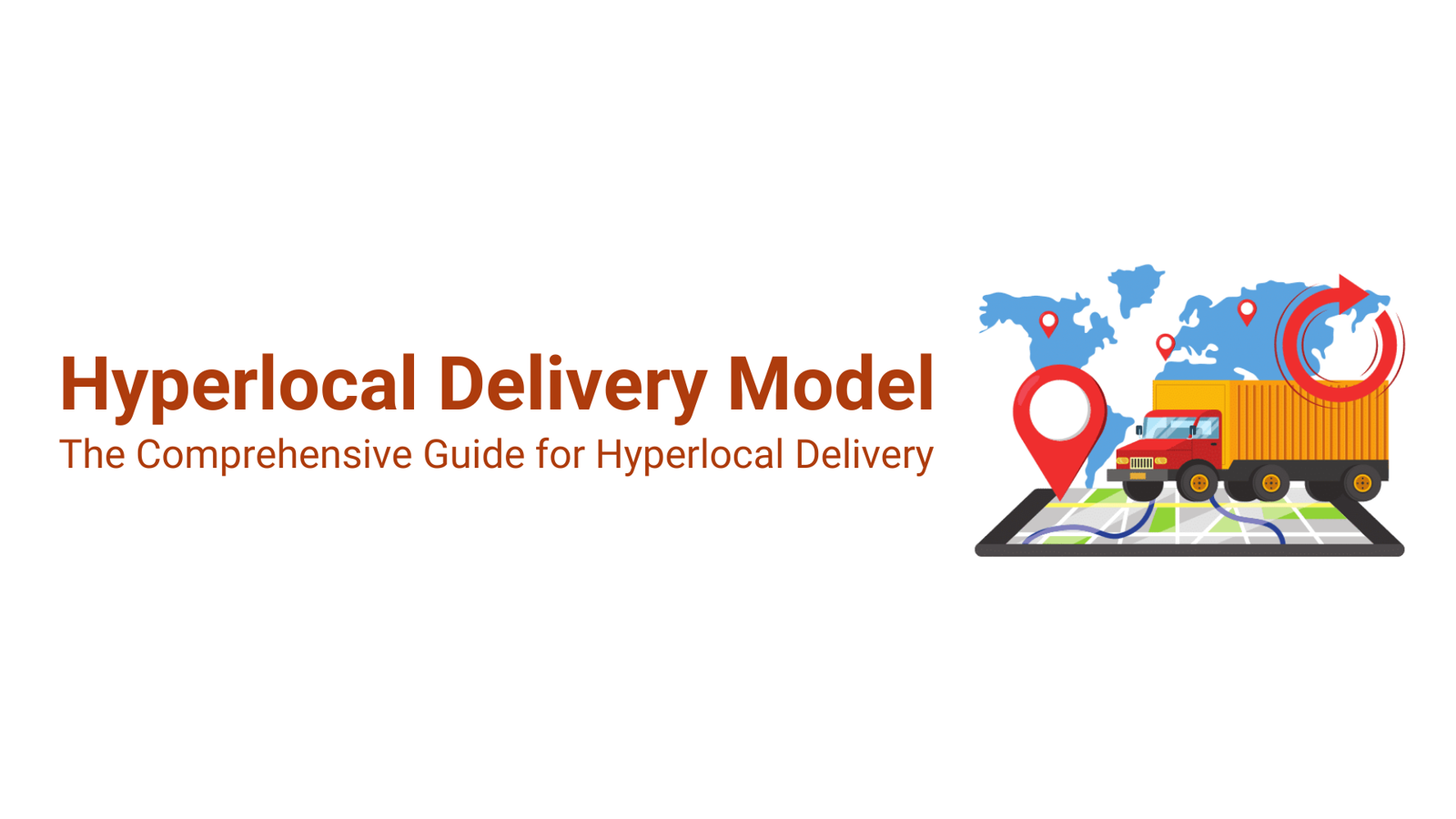
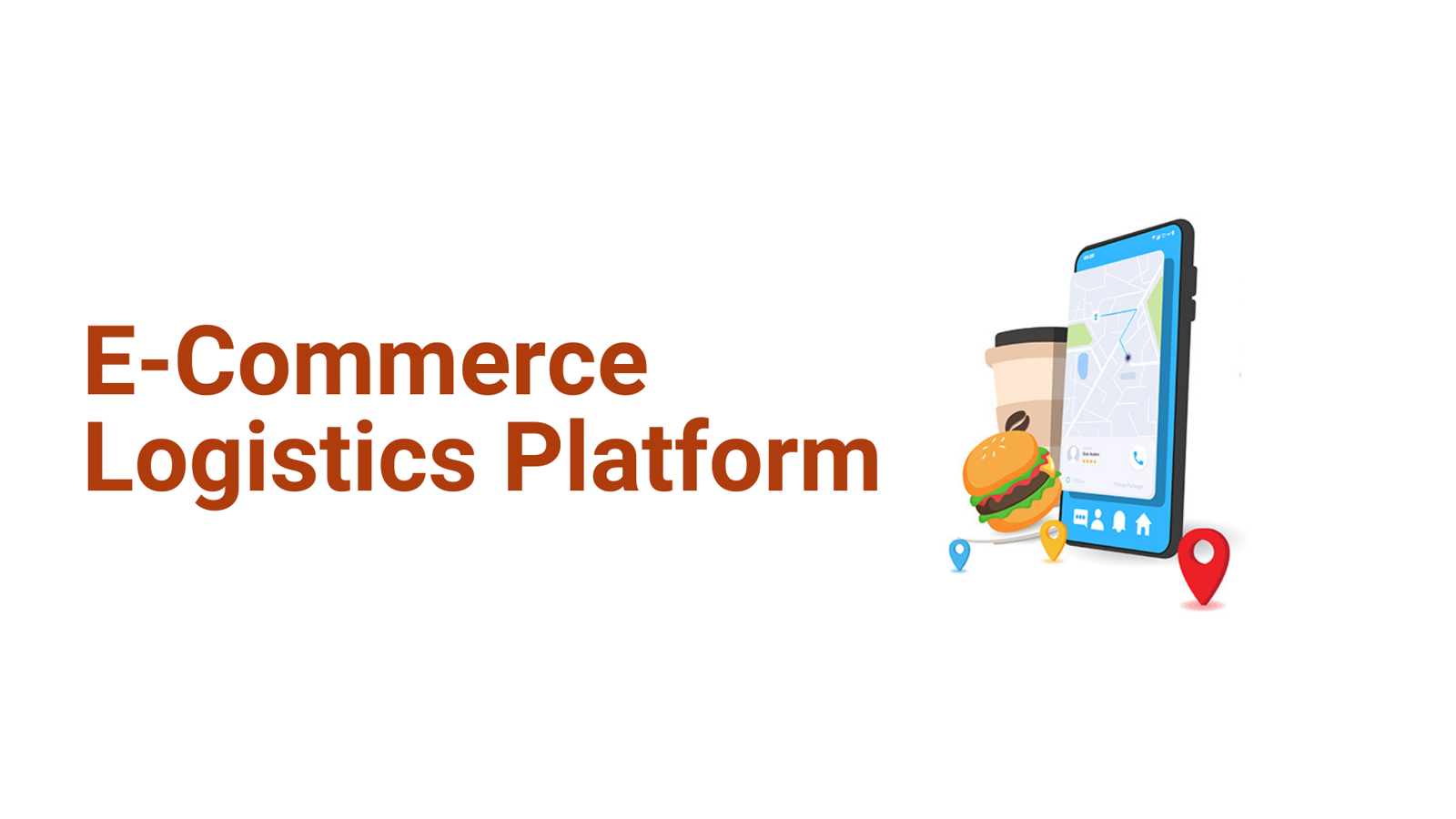
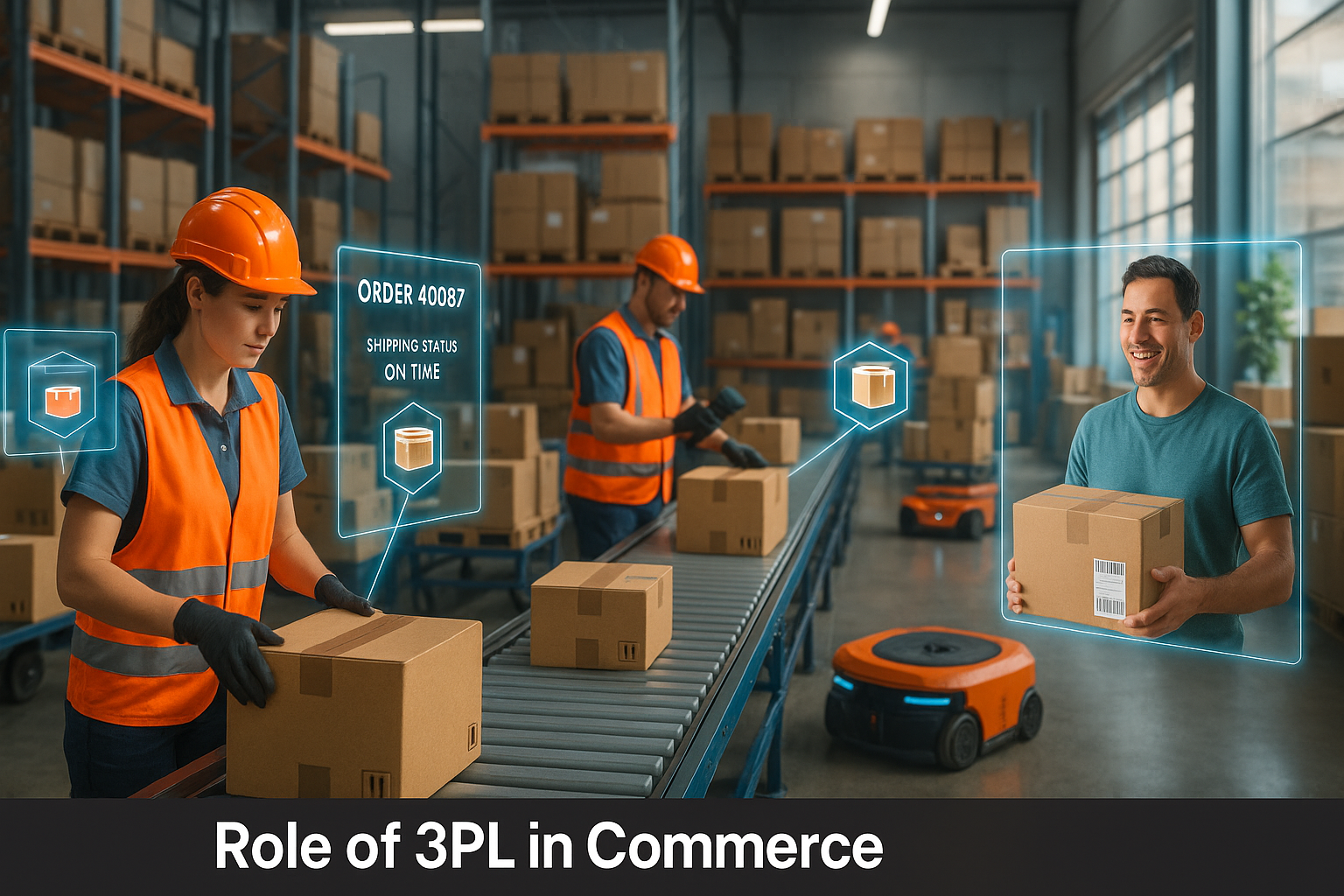
Write a comment ...